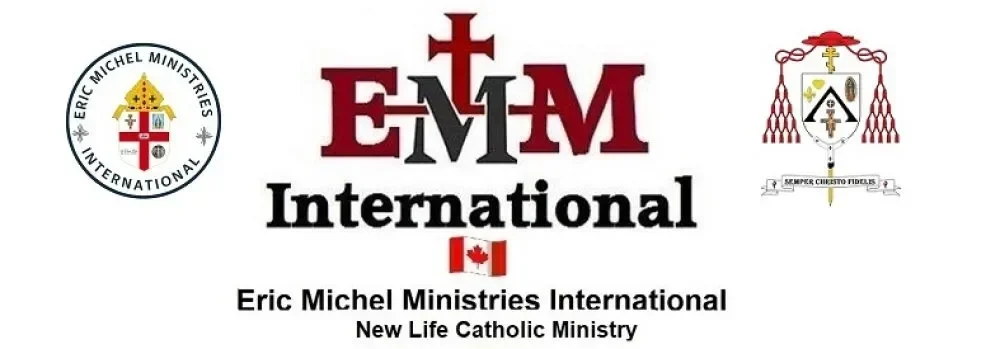For our core belief see Creed
NOTE: “We” refer to Eric Michel Ministries International (EMMI)
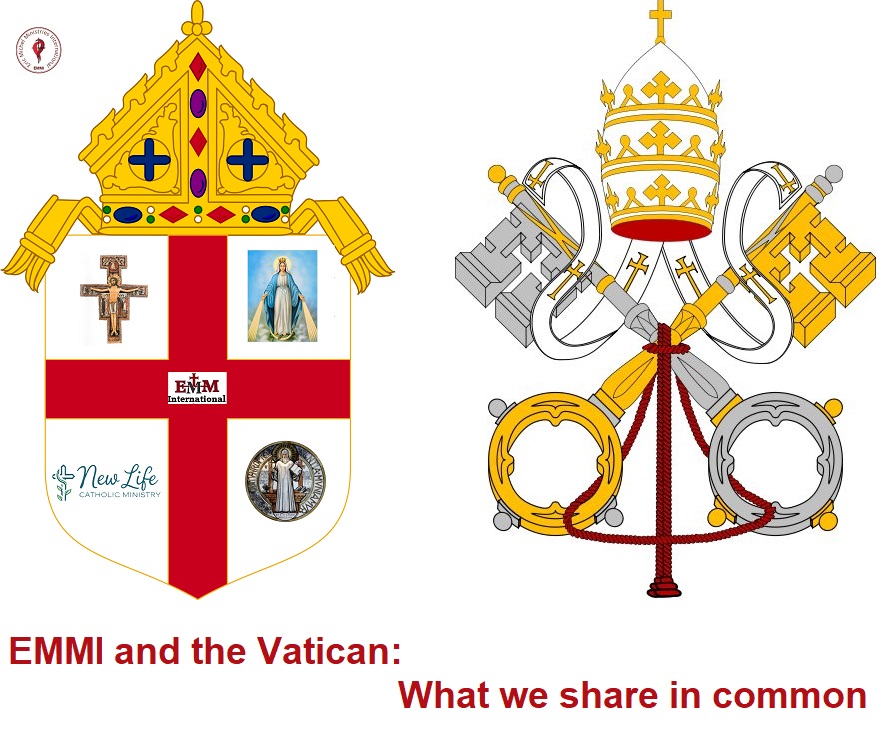
- The Apostles’ and Nicene Creeds These are our shared summaries of the faith, confessed in worship for centuries.
- The Seven Sacraments We celebrate the same seven sacraments: Baptism, Confirmation, Eucharist, Confession, Anointing of the Sick, Marriage, and Ordination.
- The Real Presence of Christ in the Eucharist We believe that Jesus is truly present in the consecrated bread and wine, not symbolically, but sacramentally.
- Apostolic Succession Our bishops are ordained in historic continuity with the apostles, just as in the Roman Church.
- Veneration for Mary and the Saints We honour the Blessed Virgin Mary and the communion of saints as part of our shared Catholic heritage.
- Liturgical Worship Our worship follows structured, reverent patterns grounded in Scripture, prayer, and tradition.
We follow the universal creeds, honour valid sacraments, and read the 73 books of the Bible
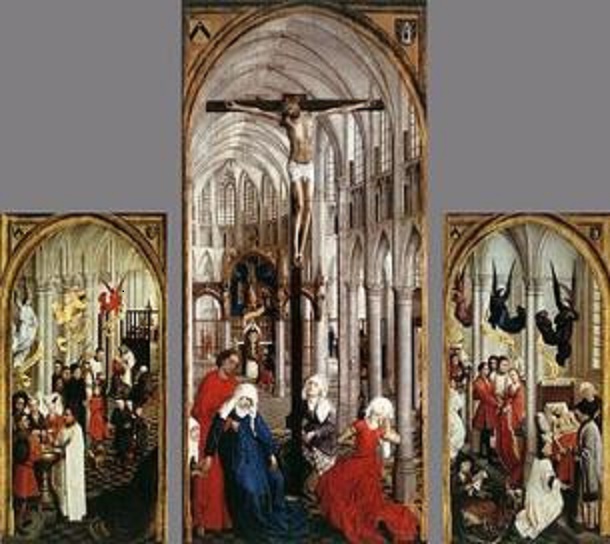
We affirm the seven sacraments of the Church:
- Baptism
- Confirmation (Chrismation)
- Holy Eucharist
- Confession (Reconciliation)
- Holy Matrimony (Marriage)
- Holy Orders
- Anointing of the Sick

- We celebrate the UNA CUM Mass version (We are not recognized by the Roman Catholic Church)
- We use the Missal current edition (Daily Roman Missal, Third Edition)
- We DO NOT agree to the totality of Vatican I
- We agree to the totality of Vatican II
- We declare the Validity of the Novo Ordo
- We declare the Viability of the Novo Ord
The terms “Una Cum” and the Declaration of Utrecht (1889)
- “Una Cum” refers to a specific theological phrase used in the Western Schism to signify unity with a particular Pope.
- The Declaration of Utrecht (1889) was a formal statement by the Old Catholic Church refusing to accept papal infallibility and defining its position in relation to the First Vatican Council.
The clause in the Catholic Church’s Roman Canon (Eucharistic Prayer I), which was controversial because it was perceived by some (especially Orthodox Christians) as a declaration of Western papal supremacy over the whole Church, whereas the Declaration of Utrecht (1889) was a formal declaration by the Old Catholic Church establishing its independence from the Roman See, affirming its separation from the Catholic Church due to its insistence on Papal infallibility.
The highlight of Vatican I was its definition of papal infallibility and the primacy of the Pope over the Catholic Church in matters of faith and morals, as articulated in the constitution “Pastor Aeternus”. The council also condemned modern philosophical errors, including rationalism, secularism, and liberalism, to provide certainty in the Catholic faith against the backdrop of 19th-century intellectual challenges.
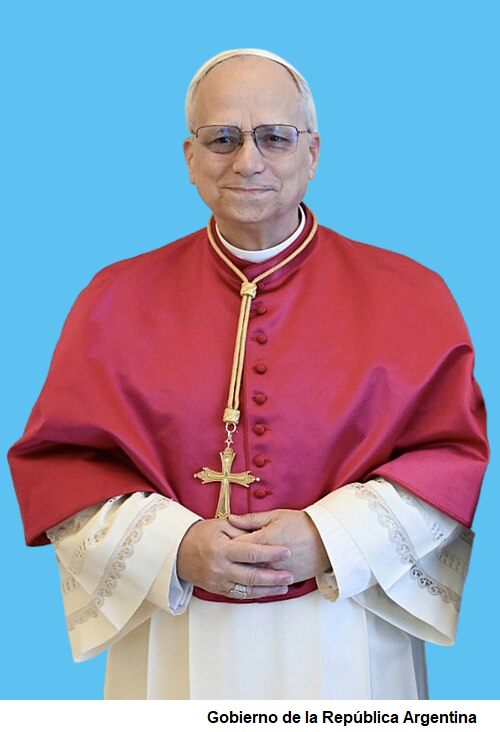
Pope Leo XIV
The current relationship
- No full communion: The Vatican and Old Catholic churches are not in full communion. The Roman Catholic Church considers the Old Catholic clergy validly, but illicitly, ordained, meaning their sacraments are valid but performed outside the authority of the Church. However, the ordination of women by many Old Catholic churches is considered invalid by Rome.
- Continued dialogue: Despite the differences, dialogue between the two traditions has occurred. In a 2014 meeting, Pope Francis acknowledged “mutual understanding” and “practical cooperation,” while noting that new disagreements had emerged since the Second Vatican Council.
- Discrimination in practice: Some reports indicate that Roman Catholics in certain regions still discriminate against Old Catholic communities.
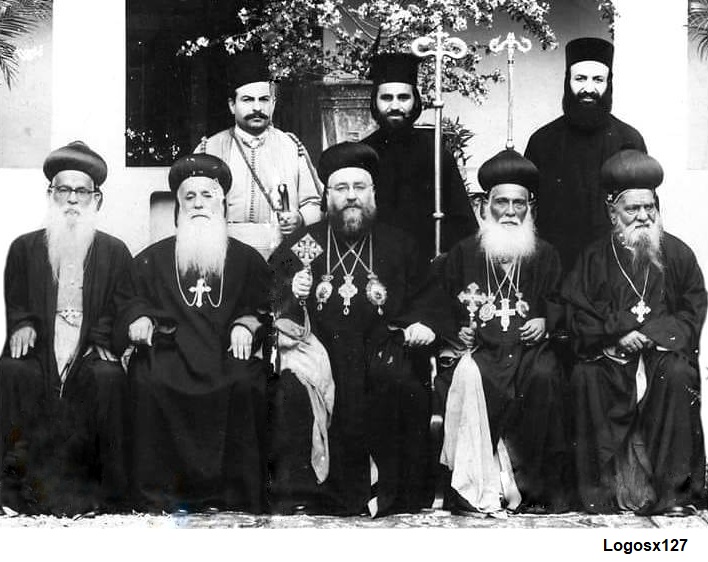
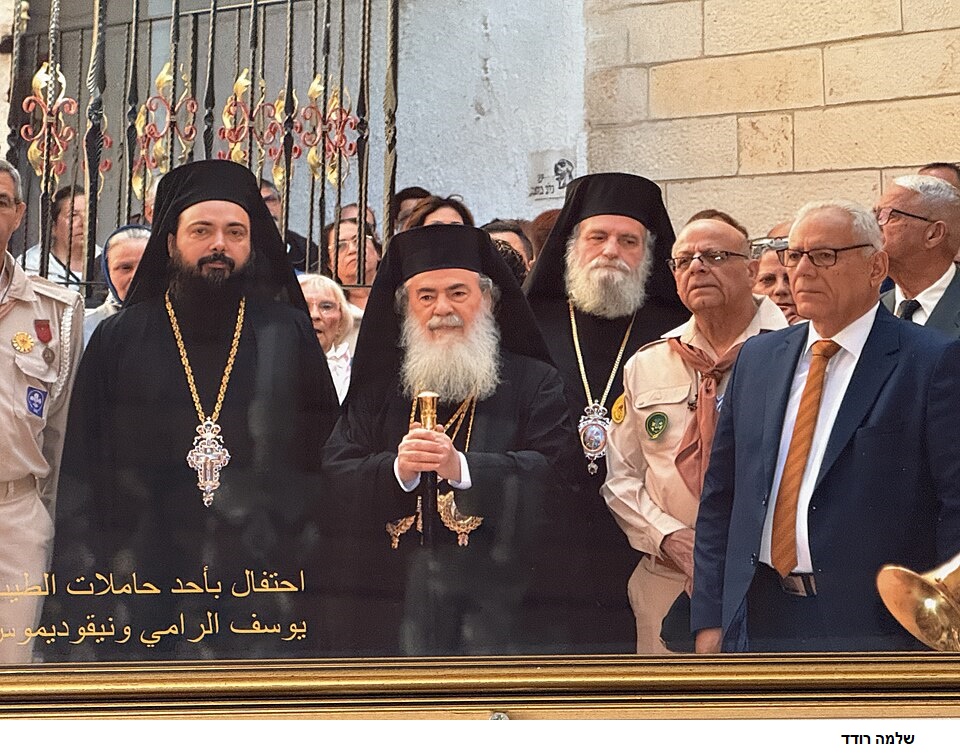
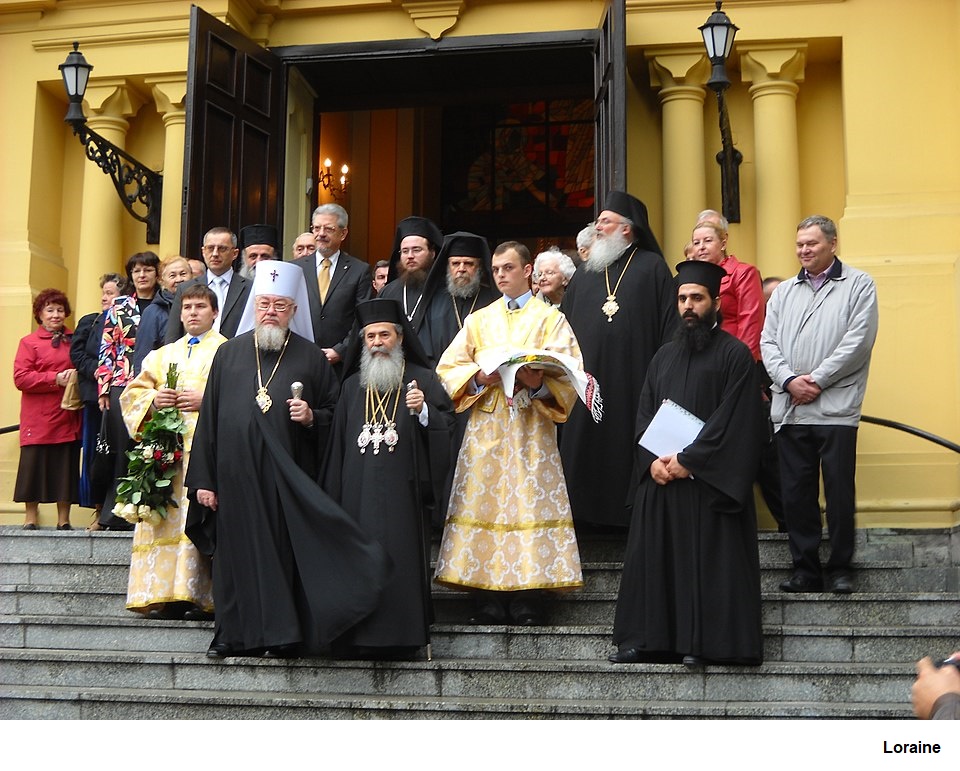
Relationship with Old Catholic Church:
The Old Catholic Church is in dialogue and a relationship of intercommunion with the Eastern Orthodox Church
The Old Catholic Church refers to various Western churches, particularly the Utrecht Union churches, that separated from the Roman Catholic Church in response to papal infallibility and other dogma, and they are in communion with the Eastern Orthodox Church. In contrast, the Eastern Orthodox Church is a communion of self-governing churches that separated from the Roman Catholic Church in the East-West Schism of 1054 due to differing views on papal authority and the Filioque clause. Therefore, the Old Catholic church is a Western church that sought unity with the Eastern Orthodox church, while the Eastern Orthodox church is the historic eastern counterpart to the Roman Catholic Church.
The Old Catholic Church refers primarily to churches that formed the Union of Utrecht in 1889. The movement began after the First Vatican Council’s 1870 proclamation on papal infallibility. Old Catholics did not accept this new dogma and broke away from Rome.
Key principles
- Old Catholics affirm the faith of the early ecumenical councils, scripture, and tradition, and hold that doctrine cannot be changed unilaterally by a single bishop (such as the pope).
- They reject papal infallibility and the addition of the filioque clause to the Nicene Creed, placing them doctrinally closer to the Orthodox in these areas.
- Old Catholics have a more liberal stance on certain issues, such as permitting married clergy and, in some member churches, ordaining women.
Relationship between Old Catholicism and Orthodoxy
The Old Catholic and Orthodox churches engaged in dialogue as early as 1874. Although they share some theological positions in opposition to the Roman Catholic Church, they are not in full communion. Points of agreement include:
- Rejection of the filioque addition to the creed.
- A shared ecclesiology, where bishops are not under the supreme authority of a pope.
Points of disagreement and obstacles to full union include:
- Theological differences in interpreting the procession of the Holy Spirit, despite a shared opposition to the filioque.
- Differences regarding clergy discipline, including the Old Catholic practice of ordaining married clergy and, in some places, women.
- The Old Catholic practice of allowing marriage for bishops, which the Orthodox Church does not permit.
We acknowledged the Pope as the first bishop in the Church, and see him as the first among equals, and nine canonical Patriarchates (Orthodox) claiming Apostolic foundation.

Our Catholic Church communities utilize liturgies derived from the Anglican Book of Common Prayer, primarily through the “Anglican Use” established by the Holy See in the Apostolic Constitution Anglicanorum Coetibus of 2009, maintaining a distinct liturgical patrimony, often using a Vatican-approved version of the Book of Divine Worship, which retains elements of the Anglican liturgical tradition while fully affirming Catholic doctrine. Also we use the original Book of Common Prayer.

Each Mass we say the Eucharistic Prayer:
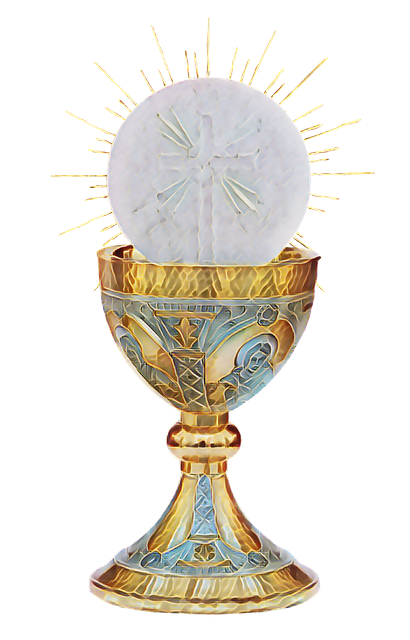
To you, therefore, most merciful Father, we make humble prayer and petition through Jesus Christ, your Son, our Lord: that you accept and bless these gifts, these offerings, these holy and unblemished sacrifices, which we offer you firstly for your holy catholic Church. Be pleased to grant her peace, to guard, unite and govern her throughout the whole world, together with your servants and handmaids the Holly Father Leo XIV our Pope and the Most Reverend Eric Michel our Metropolitan Archbishop and his wife the Right Reverend Marie Arnold president of the House of Bishops and all here present, and all those who, holding to the truth, hand on the catholic and apostolic faith.
Remember, O Lord, your servants Archbishop Svetoslav Vassilev and Bishop Rev. Ashley R. Deutschmann and all gathered here, whose faith and devotion are known to you. For them, we offer you this sacrifice of praise or they offer it for themselves and all who are dear to them, for the redemption of their souls, in hope of health and well-being, and paying their homage to you, the eternal God, living and true, SS Francis and Benedict our founders, and all Orthodox believers who cherish the Catholic and Apostolic Faith. Their faith and devotion are known to You. On whose behalf we offer to You, or who themselves offer You this sacrifice of praise for themselves, families and friends, for the good of their souls, for their hope of salvation and deliverance from all harm, and who offer their homage to Thee, eternal, living and true God.
In communion with those whose memory we venerate, especially the glorious Holy Mary, Mother of our God and Lord, Jesus Christ, and blessed Joseph, her Spouse, your blessed Apostles and Martyrs, Peter and Paul, Andrew, (James, John, Thomas, James, Philip, Bartholomew, Matthew, Simon and Jude: Linus, Cletus, Clement, Sixtus, Cornelius, Cyprian, Lawrence, Chrysogonus, John and Paul, Cosmas and Damian) and all your Saints: we ask that through their merits and prayers, in all things we may be defended by your protecting help. (Through Christ our Lord. Amen.)
Therefore, Lord, we pray: graciously accept this oblation of our service, that of your whole family; order our days in your peace, and command that we be delivered from eternal damnation and counted among the flock of those you have chosen. (Through Christ our Lord. Amen.)
Be pleased, O God, we pray, to bless, acknowledge, and approve this offering in every respect; make it spiritual and acceptable, so that it may become for us the Body and Blood of your most beloved Son, our Lord Jesus Christ. On the day before he was to suffer he took bread in his holy and venerable hands, and
with eyes raised to heaven to you, O God, his almighty Father, giving you thanks he said the blessing, broke the bread and gave it to his disciples, saying:
Take this, all of you, and eat of it: for this is my Body which will be given up for you.
In a similar way, when supper was ended, he took this precious chalice in his holy and venerable hands, and once more giving you thanks, he said the blessing and gave the chalice to his disciples, saying:
Take this, all of you, and drink from it: for this is the chalice of my Blood, the Blood of the new and eternal covenant, which will be poured out for you and for many for the forgiveness of sins. Do this in memory of me.
The mystery of faith.
SOURCE: Some texts came from Wikipedia and other came from Google AI.
